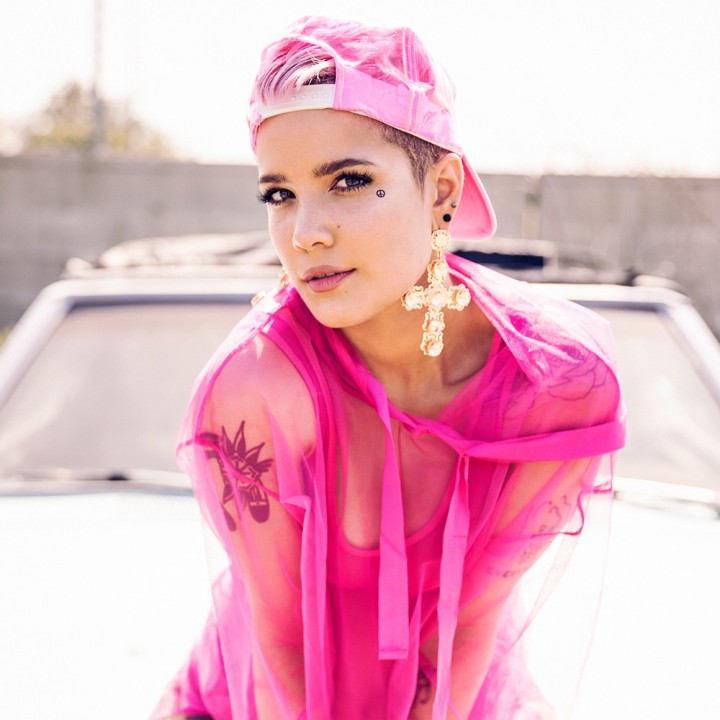
The Arc of History Brought Us to El Paso
As the cameras move on, an immigration reporter reflects on the larger picture
I’ve been thinking about my brothers—Manny Vasquez and Carlos Vasquez—and how their names sound like those of the people murdered in El Paso in an act of white nationalist terrorism. My brothers live in El Paso. On the day of the mass shooting there, my brother Carlos and his wife were supposed to take my niece back-to-school shopping at Walmart, but my sister-in-law was called into work. I’ve spent hours wondering if my family dodged a bullet.
If you live in the United States today, it can feel like it’s only a matter of time before you or someone you love is either directly impacted by, or murdered in, a mass shooting. This feeling is not off-base. There have been more than 2,000 mass shootings since the Sandy Hook Elementary School shooting in 2012, all taking place in widely disparate places: a nightclub, a music festival, a church, a movie theater, a synagogue, a high school. This lends to the feeling that no place is safe, not the classroom and especially not places of worship. The United States is one of the few countries in which the right to bear arms is constitutionally protected, and despite making up less than 5 percent of the world’s population, Americans own almost half of all the world’s firearms.
But this isn’t just about guns.
A racist, xenophobic, white nationalist is president of the United States, and he has effectively whipped up a surge of violent white supremacy, the targets of whom are people of color. Before carrying out the domestic terrorist attack that killed 22 predominantly Latinx people, the El Paso shooter posted a screed on 8chan, an online message board for dangerous, radicalized racists. The language in the “manifesto” mirrored the president’s language, warning of a “Hispanic invasion.” This year alone, Trump has described an “invasion” two dozen times and run over 2,000 Facebook ads using the term.
But this isn’t just about Trump.
This wave of white supremacist violence understandably feels new, and specific to the Trump era. White male keyboard warriors, in a constant state of impotent rage about the changing demographics of what they believe to be their country, are now mobilizing in distinctly modern ways. They are emboldened by Trump. They have become radicalized online and are members of internet communities where harassment, racism, and violence are applauded. They eventually leave their homes to legally purchase assault rifles. What is happening in this moment is frightening. It is also very American.
My brothers are a small snapshot of a much larger picture, one where people of color in the United States evade racial terror time and time again. Until one day they don’t.
If you follow the arc of American history, the post-Obama country we find ourselves in makes more sense. Racialized terror committed by angry white men is cyclical. In the years after the Civil War once slavery ended, groups like the Ku Klux Klan formed. The group’s members engaged in “sadistic tortures” against African Americans as a way of asserting their power and restoring the system of white supremacy that Reconstruction disrupted. Around the same time, “an increase in immigration from East Asia and Mexico led to a wave of lynchings and mob violence targeting migrants, including large-scale race riots in Los Angeles in 1871 and in El Paso in 1916,” Vox’s Zack Beauchamp has reported.
As we near the two-week mark of the shooting, I have been thinking about my brothers in El Paso. We grew up in Downey, California, an area of Southeast Los Angeles a reporter once described as “Mexican Beverly Hills.” It was anything but. An ongoing 7-part series in our hometown newspaper is shedding light on the racial tensions that have plagued Downey since the demographics shifted from white to predominantly Latinx more than 20 years ago. The 1990s were a particularly hard time for immigrant and mixed status families in California. Anti-immigrant animus was rampant, illustrated by ballot measures like Proposition 187 that aimed to bar undocumented immigrants from accessing public education and other services. While Southern California currently has the largest racist skinhead population in the U.S., the movement first gained steam in the state in the 1990s.
I can vividly recall my brothers telling our parents about their interactions with skinheads and other racists at school. In 1994, when my brother Carlos was attending Downey High School, two white males who claimed they were members of the KKK were caught planning to bring guns to campus to kill Mexican and Black students.
The white supremacist violence that is exploding across the country has always been here, lingering. My brothers are a small snapshot of a much larger picture, one where people of color in the United States evade racial terror time and time again. Until one day they don’t.
I am still wrapping my head around what happened in El Paso, and how closely and quickly this violence is encircling my family, my community, and the people I love. Anchondo, Benavides, De Alba, Garcia, Campos, Hernandez, Rodriguez, Manzano, Flores, Juarez, Rothe Legarrega, Loya, Marquez, Regaldo Moriel, Sanchez, Velazquez. These are some of the names of the people we lost in El Paso. They sound so much like Vasquez.
Brown Bodies, the White Gaze and the Rio Grande
When the photo of two dead asylum seekers went viral, it raised questions about journalism ethics







